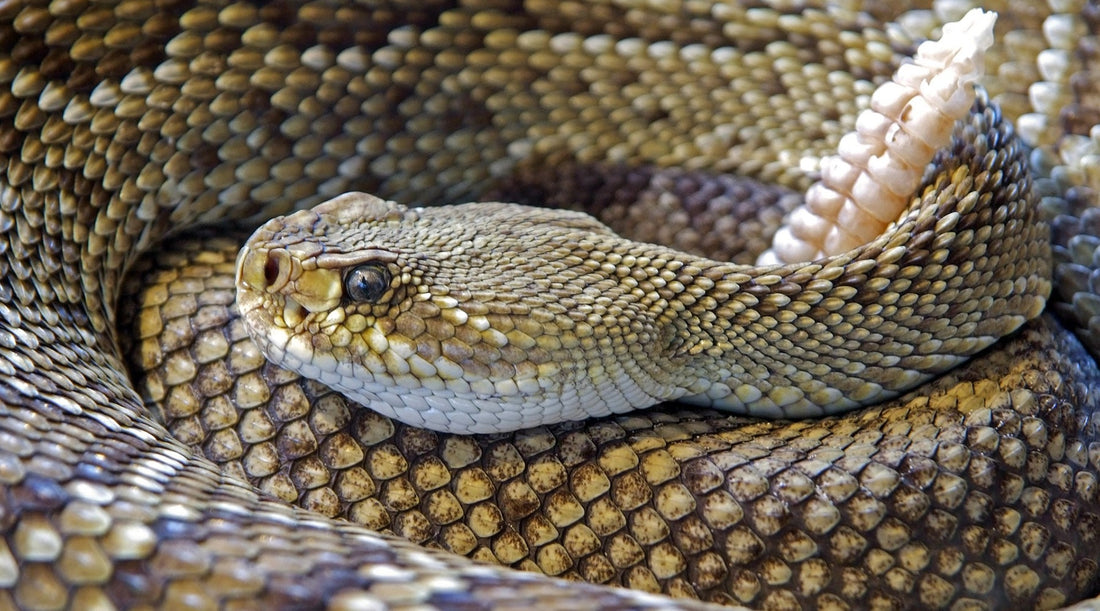A snakebite, though uncommon, can be a distressing and potentially dangerous situations for hikers or backpackers, especially if a venomous snake (such as a rattlesnake) is involved. Knowing how to respond is crucial for your safety.
The good news is that while between 7,000-8,000 people in the U.S. are bitten by venomous snakes every year, only five of those people die, according to the Centers for Disease Control and Prevention.
With that said, here are the key steps to take after being bitten by a snake.
1. Stay Calm:
Keep a Clear Head: In the moments following a snakebite, it's essential to stay calm. Panic can increase heart rate and promote the rapid spread of venom through the bloodstream.
2. Move Away from the Snake:
Create Distance: Safely move away from the snake to prevent additional bites. Identify the snake's features if possible, but do not approach or attempt to capture it.
3. Call for Emergency Assistance:
Dial Emergency Services: Call for professional medical help immediately. Snakebites can vary in severity, and timely medical intervention is crucial for proper treatment.
4. Keep the Bitten Limb Immobilized:
Minimize Movement: Immobilize the bitten limb and keep it at or slightly below the level of the heart. Avoid using a tourniquet, as it may worsen tissue damage.
5. Remove Tight Clothing and Jewelry:
Free the Area: Remove any tight clothing or jewelry near the bite site. Swelling may occur, and freeing the area helps prevent complications.
6. Clean the Bite Area:
Gentle Cleansing: Clean the snakebite gently with soap and water to reduce the risk of infection. Avoid aggressive scrubbing or applying ice.
7. Avoid Certain Actions:
No Tourniquets or Ice: Tourniquets and ice can exacerbate tissue damage and are not recommended for snakebites. Focus on immobilization and seeking professional medical assistance.
8. Stay Still:
Minimize Activity: Keep still to slow the circulation of venom. Movement can increase the heart rate and encourage the spread of venom through the bloodstream.
9. Note the Snake's Characteristics:
Observe from a Distance: If safely possible, observe the snake's color, size, and markings. This information can assist healthcare professionals in determining appropriate antivenom.
10. Seek Medical Attention:
Go to the Nearest Hospital: Even if symptoms are mild, seek medical attention promptly. Antivenom treatment is the most effective intervention for snakebites.
11. Do Not:
Do Not Cut or Suck the Wound: Cutting the wound or attempting to suck out venom is not recommended. These actions can cause further harm and are ineffective.
Do Not Use a Venom Extraction Kit: Venom extraction kits have shown limited effectiveness and may cause additional complications. Rely on professional medical care for treatment.
Conclusion:
Surviving a snakebite requires a combination of immediate actions and seeking professional medical assistance. By staying calm, immobilizing the bitten limb, and promptly seeking emergency services, you can increase your chances of a positive outcome.
Remember that snakebites vary, and professional medical evaluation is crucial for proper treatment. Equip yourself with knowledge, practice caution in snake-prone areas, and let your outdoor adventures be marked by safety and preparedness.

